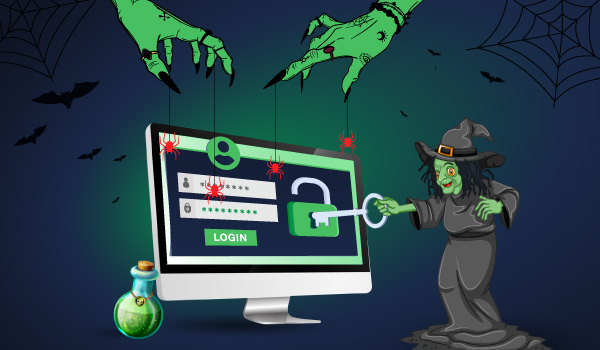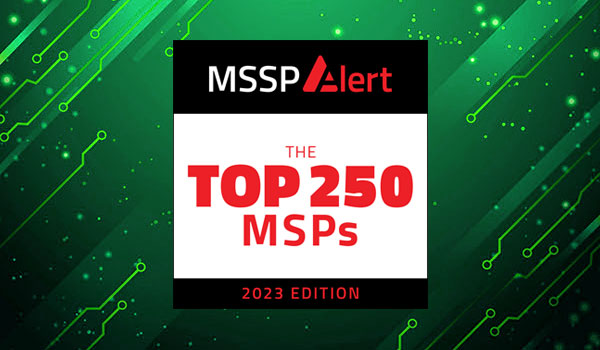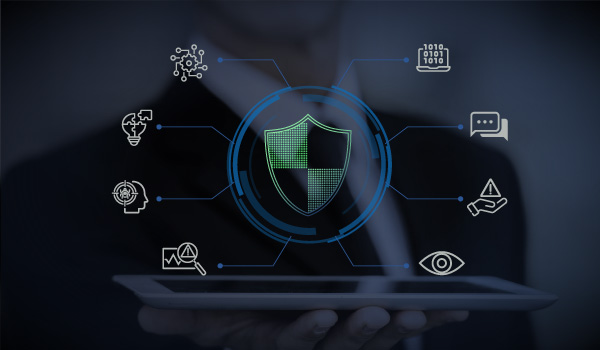5 min read
There is a lot of discussion around Security MSSPs, SaaS (Security as a Service) and Cloud Computing these days. I always felt I had a pretty good handle on MSSPs and SaaS. The way I look at it, you tend to outsource the entire task to Security MSSPs. If you outsource your firewall security, for instance, you generally have no one on staff that worries about firewall logs and you count on your MSSP partner to keep you secure – at least with regards to the firewall. The MSSP collects, stores and reviews the logs. With SaaS, using the same firewall example above, you outsource the delivery of the capability — the mechanics of the collection and storage tasks and the software and hardware that enable it, but you still have IT personnel on staff that are responsible for the firewall security. These guys review the logs, run the reports etc. This general definition is the same for any security task, whether it is email security, firewall or SIEM.
OK, so far, so good. This is all pretty simple.
Then you add Cloud Computing and everything gets a little, well, cloudy. People start to interchange concepts freely, and in fact when you talk to somebody about cloud computing and what it means to them, it is often completely different than what you thought cloud computing to be. I always try to ask – Do you mean security IN the cloud, i.e. using an external provider to manage some part of the collection, storage and analysis of your security data (If so go to SaaS or MSSP)? Or do you mean security OF the cloud — the collection/management of security information from corporate applications that are delivered via SaaS (Software as a Service, think Salesforce)?
The latter case has really nothing to do with either Security SaaS or MSSP since you could be collecting the data from the applications such as Salesforce into a security solution you own and host. The problem is an entirely different one. Think about how to collect and correlate data from applications you have no control over, or, how these outsourced applications affect your compliance requirements. Most often compliance regulations require you to review access to certain types of critical data. How do you do that when the assets are not under your control? Do you simply trust that the service provider is doing it right? And what will your auditor do when they show up to do an audit? How do you guarantee chain of custody of the log data when you have no control over how, when, and where it was created? Quickly a whole lot of questions suddenly pop up that there appear to be no easy answers.
So here are a few observations:
- Most compliance standards do not envision compliance in a world of cloud computing.
- Security OF the cloud is undefined.
- Compliance standards are reaching further down into more modest-sized companies, and SaaS for enterprise applications is becoming more appealing to enterprises of all sizes.
- When people think about cloud computing, they tend to equate “it is in the cloud” to “I have no responsibility”, and when critical data and apps migrate to the cloud that is not going to be acceptable.
The combination of the above is very likely going to become a bigger and bigger issue, and if not addressed will prevent the adoption of cloud computing.


